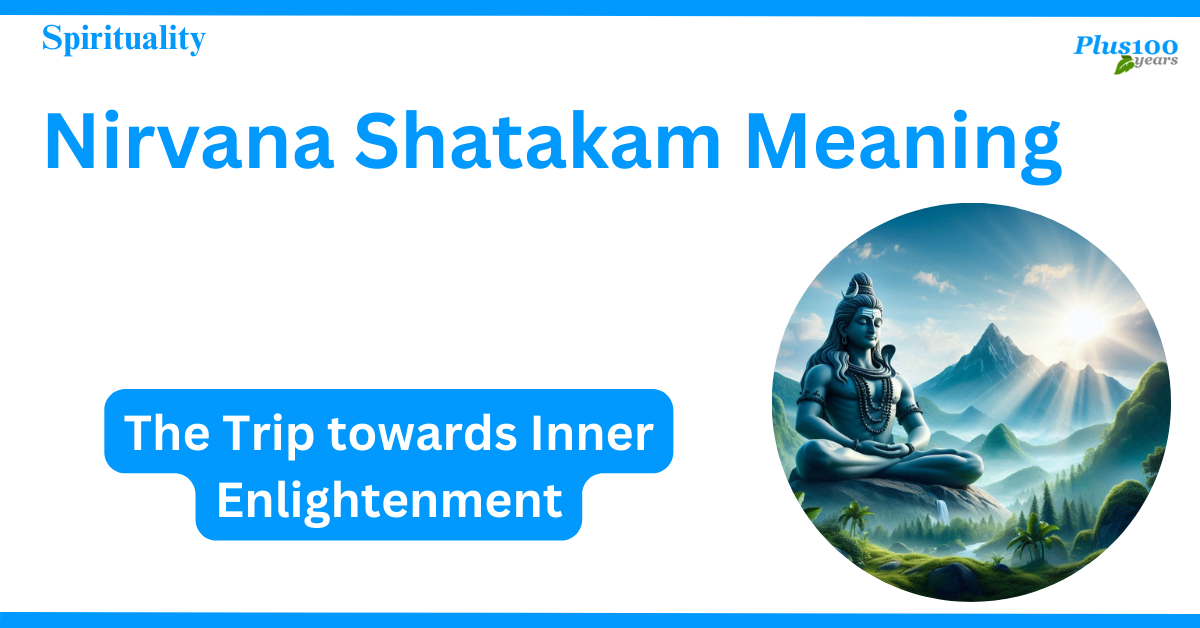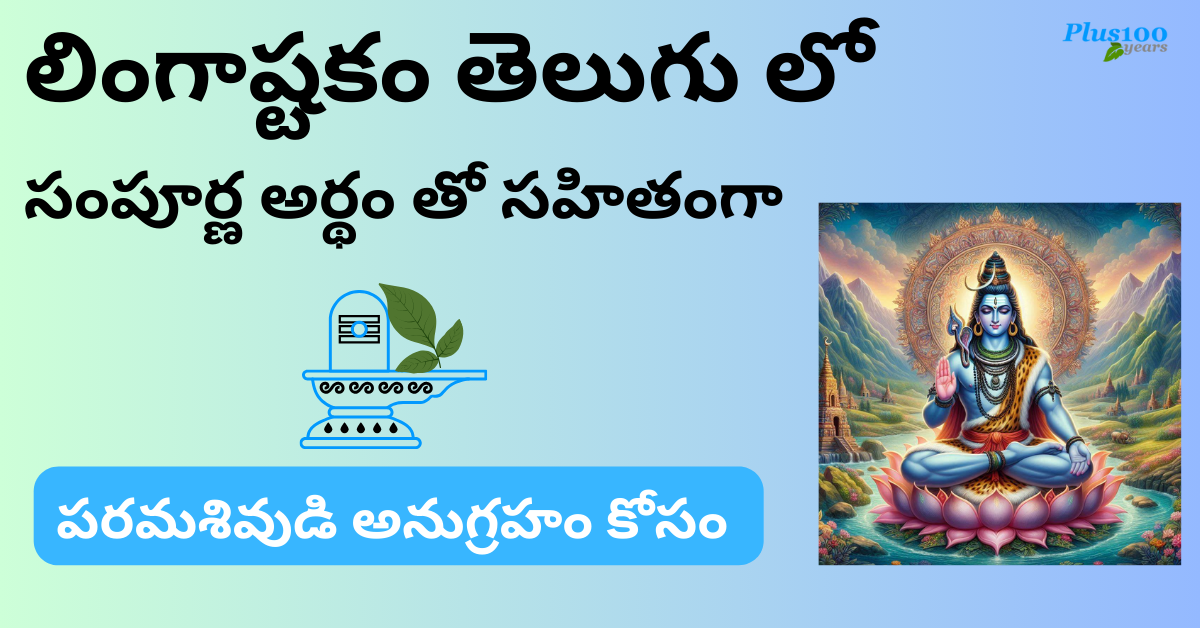Updated: 20-02-2025
Author: Sangati Jogwar
The Shiv MahaPuran is one of the main Hindu religious books. It is the story of Lord Shiva and his consort Goddess Parvati.
This religious scripture discusses details of mythology, cosmology, bhakti related to Shiva, and pilgrim centres.
The Shiva MahaPuran was originally written by Ved Vyas, who then taught his disciple Romaharshana. It was originally composed of 100,000 verses and twelve chapters, or Samhitas.
However, many versions exist in different parts of India like Orissa and South India.
It is a living text that was changed, added to, and rewritten several times the oldest version dating back to the 10th or 11th century.
Some of the chapters of the most recent version may have been written in the 14th century. In the 19th and 20th centuries, VayuPuran was mistaken for Shiv MahaPuran but actually, it is just part of it.
Lalitha Saharsanamam is also one of the two most chanted prayers everywhere, and it’s in everyone’s mouth whether we are at family occasions, at marriage, at temples, etc.
Here are the Miracle Benefits of Chanting Lalitha Sahasranamam – For Marriage & Prosperity
Shiv MahaPuran
Lord Shiva has been considered the destroyer, creator, and maintainer of the universe and we worship him as an ascetic God.
However, Shiva has many aspects to his personality like a true devotee and a fanatic lover of his wife Parvati.
So let us see what this great manuscript tells us about the glory of Lord Shiva.
Let us learn what parts of his life appeal to us and let us imbibe his superior qualities to enrich and enhance our lives.
As you read stories from the life of Lord Shiva, we learn about facets of his life that are not so well known.
Also, these stories help us understand this much revered but misunderstood God better so we can worship him fearlessly regardless of his mystical form with full faith and get closer to him.
As per this great text, Shiva has no beginning and no end, He is formless and has taken form only to pacify his devotees who seek his blessings.
He alone is the present, past, and future and has created the entire world and presides over his creation.
Maheshwar is the creator, destroyer, and maintainer of this universe. He is the protector of his devotees and is the ultimate God of all Gods.
In his own words, Mahadev is the three-in-one who holds this cosmos together. He is present everywhere in many forms and is the wise one.
Why do we read Shiv MahaPuran?
- Shiv Puran details how we can worship Shivji as the Shivling. It mentions various ways of worshipping Shivling by chanting ‘Om NamahShivay’
- It is a scripture about love and devotion so couples can read it for a blissful married life and to overcome marital problems.
- It is advised that childless couples read Shiv Puran to be blessed with children.
- God Shiva loves abhisheka, you must know all about Rudrabhisheka benefits and its positive result
Samhitas or Chapters of Shiv MahaPuran
There is no certainty as regards the number of chapters which range between six and eight, however, the sequence of the first six chapters remains the same in all versions. Let us understand what each chapter is all about.
Are you planning to start Practicing Yoga? Here are the Important Yoga Poses for Beginners.
1. VidyeshwaraSamhita
This is the introduction to Shiv MahaPuran. It details the method of setting up and worshipping Linga, meditation, and how to fast during Shravan month.
It also explains how to reach Shivji through meditation and Yoga, how to wear Rudraksha, and proper chanting of the mantra ‘Om NamahShivay’.
Have you ever heard people talking about the Health benefits of rudraksha? Want to know what benefits you attain with rudraksha?
2. Rudra Samhita
This has five parts namely, SrishtiKhand, ParvatiKhand, Sati Khand, and YudhKhand.
3. ShatrudraSamhita
This chapter explains the various forms of Shivji in detail. It tells about the forms or avatars that Shivji has taken for the benefit of his devotees.
The five avatars described here in great detail are Aghor, Ishaan, Vamadeva, Saghejat, and Tatpurush.
It explains the concept of Ardhnarishwar and the story of Nandi and his marriage. It describes the Rudra avatars of Shiva including the Mahakaal avatar.
4. KotirudraSamhita
This explains to us the importance and the origin of the twelve jyotirlingas and the proper way to worship them.
It details the story of the origins of Kashi Vishwanath and how to worship with the proper mantras.
In sum, it explains the story behind the origin of each of the jyotirlingas, namely Kedarnath, Somnath, Mallikarjun, Bhimashankar, Trimbakeshwar, Nageshwar, Baidyanath, Onkareshwar, Rameshwaram and Ghushneshwar.
This chapter explains how to fast during Shivratri and also the benefits of reading Shiva Sahastranama, which was read by Lord Vishnu to appease Lord Shiva.
5. Uma Samhita
This explains the story of Mother Uma and the killing of demons Shumbh and NIshumbh. It enlightens us on the 108 names of Shivji and answers questions related to virtue and vice.
It details the ways to meditate properly so one can attain immortality and also the story behind the various goddesses like Kali, Mahalakshmi, and Saraswati.
6. Kailash Samhita
This explains the ways to worship Lord Shiva with full devotion and ways to worship lord Ganapati and some stories about Savitri. It also details the ways to become a sanyasi.
7. Vayu Samhita
This last chapter of the Shiv Puran has two parts the PurvaKhand and UttaraKhand.
PurvaKhand is devoted to questions and answers between sages and Brahmaji. Brahmaji explains that Shivji is the Supreme Lord of us all.
We can learn mantras about Ardhnarishwara and MaaDurga in this section.
In the Uttarakhand, we learn how to do havan, and fasting for Shiva and also get a description of the pashupati weapon.
The Shiv MahaPuran permits devotees to worship Lord Shiva as they please, hence he is also called Bholenath.
This ancient text emphasizes that Shiva cannot be worshipped in the abstract form as he is omnipresent and eternal, so we can worship him as a Linga which is his physical manifestation.
Also, it explains how Brahma and Vishnu emerge from Shiva himself, thus making him the Supreme creator, destroyer, and maintainer of this universe.
The Shiv Puran is thus an extensive handbook for understanding the rituals and prayers of all Shiva devotees.
Reading this book gives tremendous benefits to all devotees and it is advisable to read this Holy Scripture for a better understanding of what Shivji represents.
Steps To Perform Shiva Puja At Home
1. Take a Bath and Wear Clean Clothes Before The Puja
2. Prepare the Puja Area
Lit ” Diya “
3. Gather the Offerings: Bilva Leaves, Shiva Linga, Haldi, Kumkum,
Panchamrit, Water, Sweet, Fruits, Rice.
4. Take Sankalp
5. Purification
6. Abhishekam : Rudra abhishek
7. Aarthi
8. Naivedyam
9. Offering Bhojan to Friends and Relatives
Conclusion:
Knowledge of Shiv Puran helps the devotee get closer to Lord Shiva and imbibe his qualities of love and devotion in their life.
In sum, if you have read the Shiv Puran, you have read all important Vedas and Hindu scriptures.




